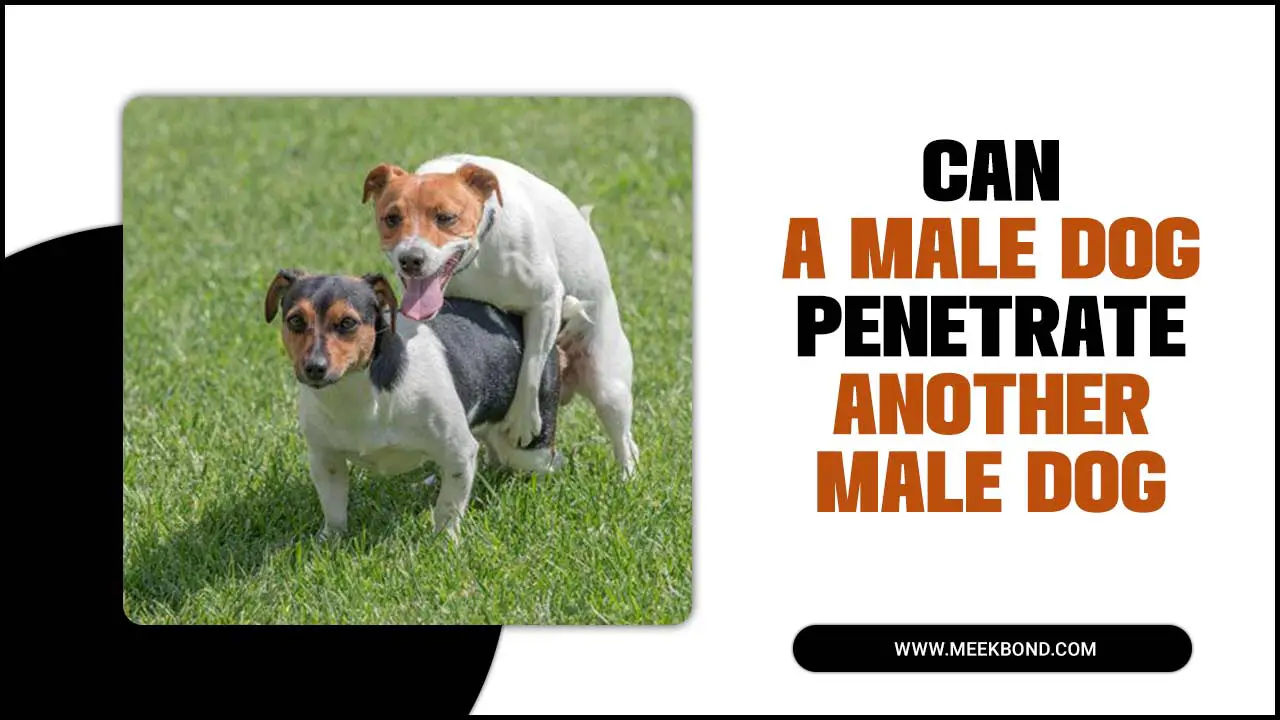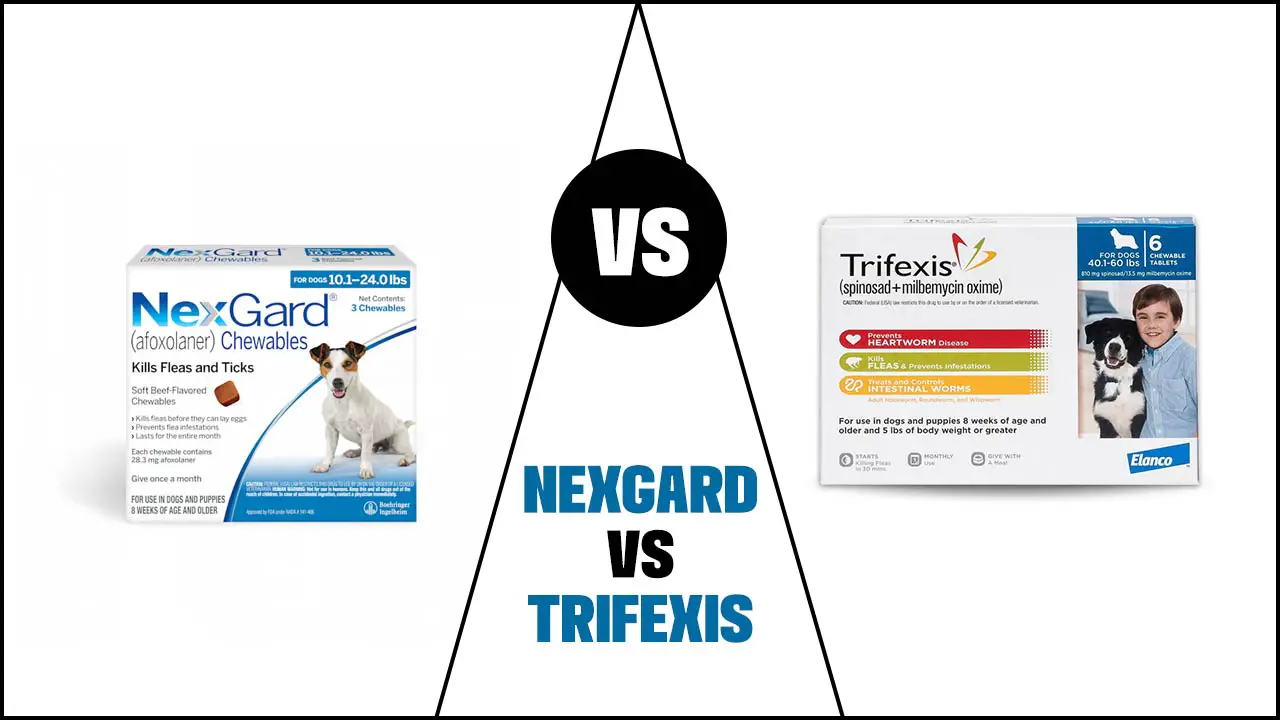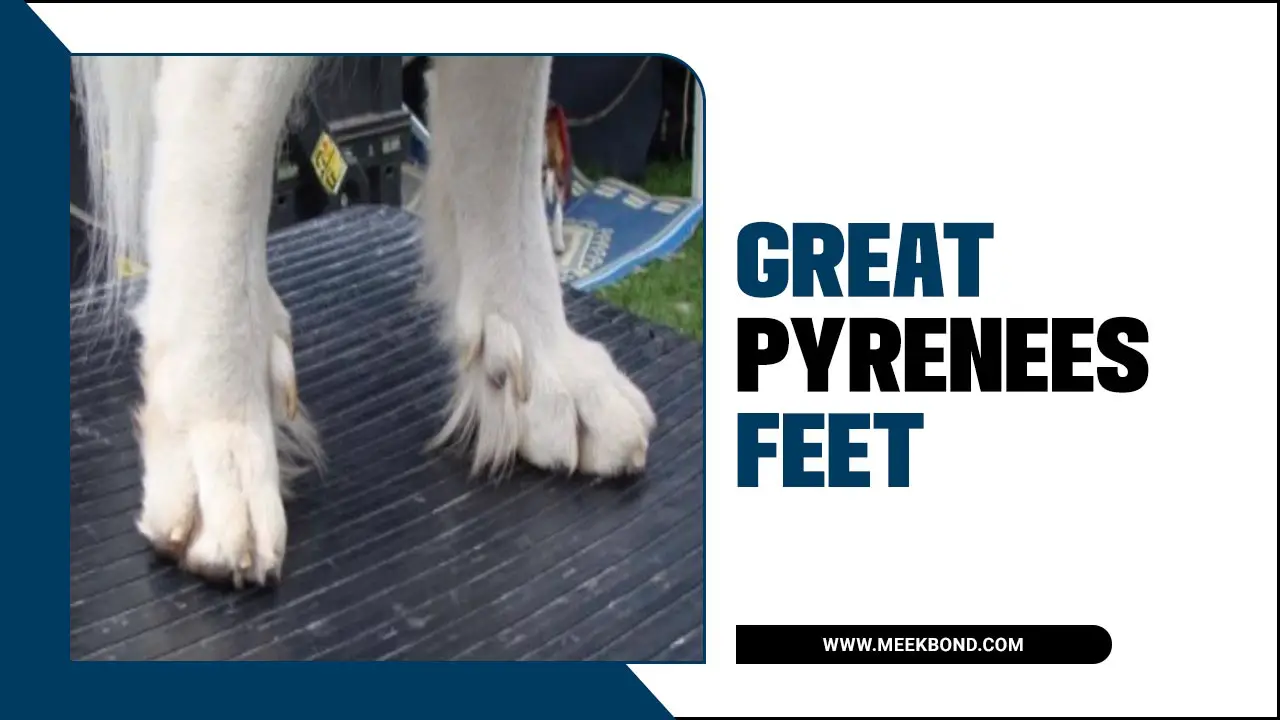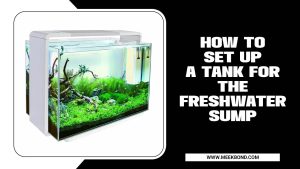Potty training a puppy can be challenging, but it is an essential part of responsible pet ownership. As a new pet owner, you may feel overwhelmed by the prospect of potty training your furry friend.
However, with patience, consistency, and proper training techniques, you can teach your puppy to do their business outside. Potty training not only helps maintain a clean and hygienic living space, but it also helps strengthen the bond between you and your furry companion.
Bringing home a new puppy can be an exciting experience but also comes with challenges. One of the biggest hurdles that new pet owners face is potty training their furry friend. It can be daunting, but with the right approach and tips, it can be done in no time. We will provide quick tips and tricks on how to potty train a puppy.
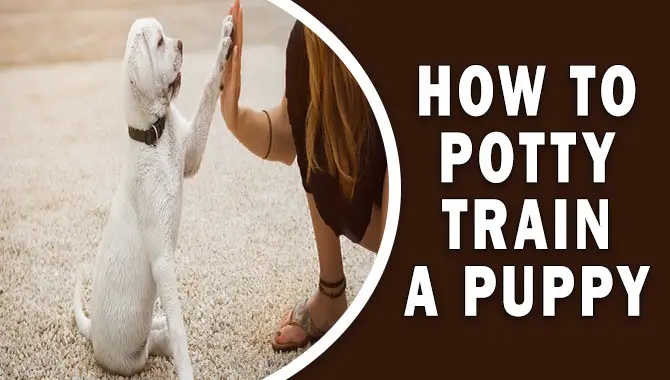
5 Simple Tips On How To Potty Train A Puppy
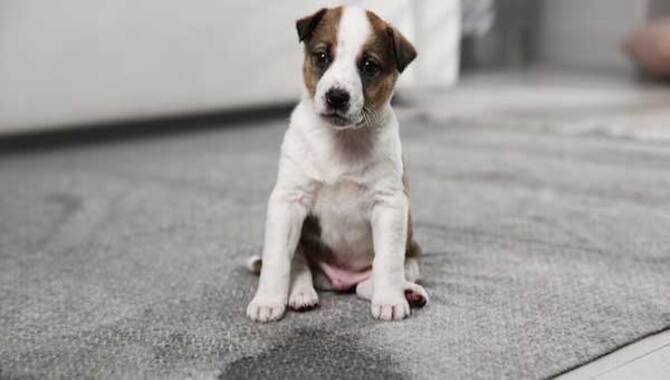
Establishing good potty habits in puppies is crucial for pet parents and furry friends. When starting potty training, a consistent schedule is critical. It’s essential to take frequent potty breaks throughout the day, especially after naptime and playtime.
Crate training or confining puppies to a small space with a baby gate at night or when unsupervised can also aid in successful training. Positive reinforcement through treats or praise can encourage good habits, but supervision is necessary for setbacks like circling or sniffing around. However, Potty training a puppy can be daunting, but with the right approach, it can be a breeze. Here are 5 simple tips on how to potty train a puppy:
1. Establish A Routine
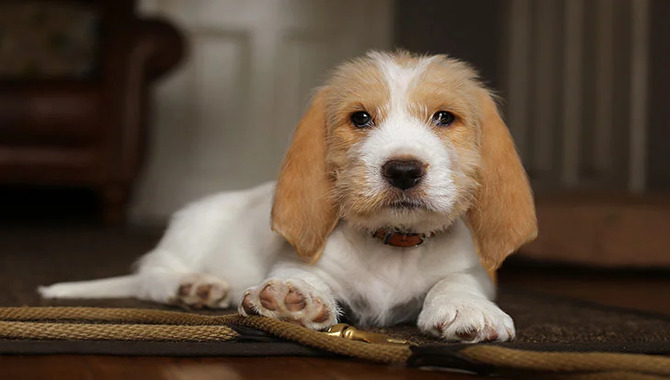
Establishing a routine is an essential part of potty training your puppy. By setting regular times for meals, playtime, and bathroom breaks, you can help your puppy learn when it’s time to go potty. This can also help prevent accidents inside the house.
When establishing a routine, it’s essential to be consistent and patient. Puppies have small bladders and may need to go outside frequently, especially during the early stages of potty training. Remember that accidents may still happen, so it’s essential to supervise your puppy closely and praise them when they go outside. With time and consistency, your puppy will learn to associate the routine with going potty outside, making potty training much easier for you and your furry friend.
2. Choose A Designated Spot
When potty training a puppy, it’s essential to choose a designated spot outside where you want them to do their business. This will help the puppy associate that specific area with going potty and make it easier for them to learn.
When you take your puppy outside to their designated spot, use a cue word or phrase such as “go potty” to help them understand what they should do. Taking your puppy outside frequently is essential, especially after meals, naps, and playtime. Consistency is vital when potty training a puppy, so be patient and stick to your routine until they have mastered this vital skill.
3. Use Positive Reinforcement
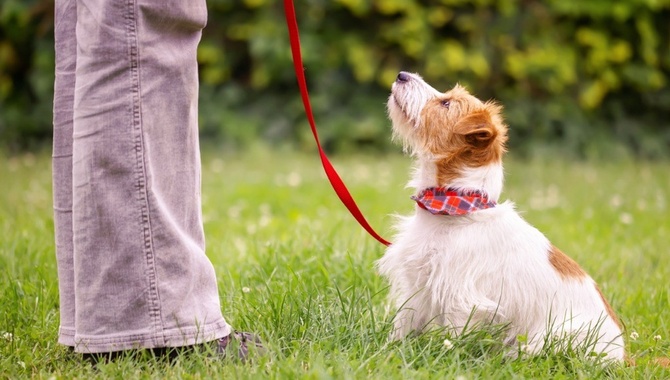
When potty training a puppy, using positive reinforcement is critical. Punishing your pup for accidents can be counterproductive and may lead to anxiety or fear. Instead, reward your puppy for good behavior and use positive reinforcement techniques.
This can include giving treats or praise when your pup goes potty outside or using a clicker to signal good behavior. Consistency is also important – try to establish a routine for potty breaks and stick to it as much as possible. With patience and persistence, your puppy will soon learn the ropes of potty training and become a well-trained family member.
4. Be Patient
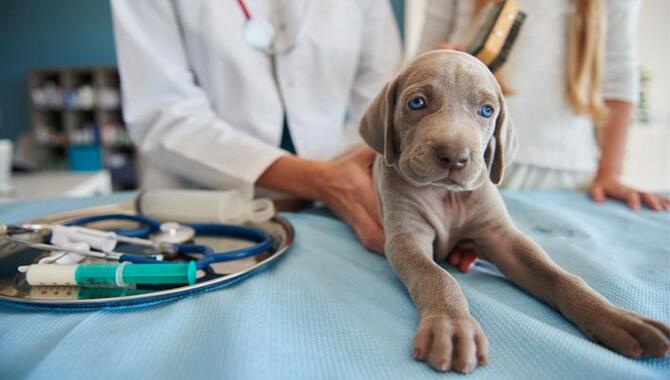
Potty training a puppy can be challenging and time-consuming, but it’s an essential part of pet ownership. One of the most important things to remember when potty training your puppy is to be patient. It takes time for puppies to learn where they should go potty and how to communicate their needs to their owners.
Consistency is vital in potty training, so establish a routine and stick to it as much as possible. Reward your puppy for good behavior and try not to punish them for accidents – this can lead to fear and anxiety around going potty. With patience, consistency, and positive reinforcement, your puppy will eventually learn where it should go potty and become a well-behaved family member.
5. Consider Crate Training
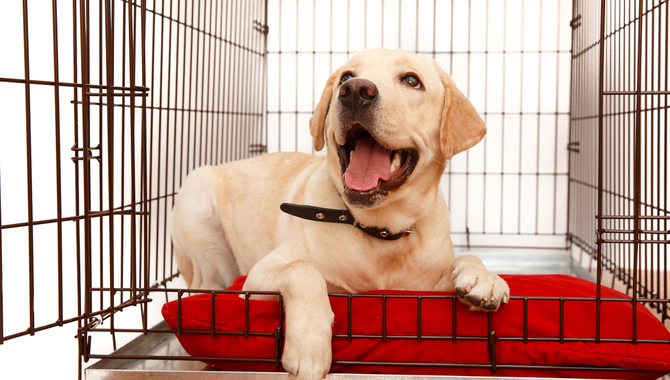
When it comes to potty training a puppy, one effective method is crate training. This involves keeping the puppy a crate or designated area when they are not supervised and taking them outside for potty breaks at regular intervals. The idea behind this approach is that puppies will learn to associate their crate with a safe and comfortable space and will be less likely to have accidents inside.
It’s essential to choose an appropriately sized crate and gradually increase the time the puppy spends inside. Consistency and positive reinforcement are essential in crate training, so praise your puppy when they successfully use the designated potty area outside. While it may take some patience and effort, crate training can effectively potty train your furry friend.
How To Choose The Right Potty Training Method
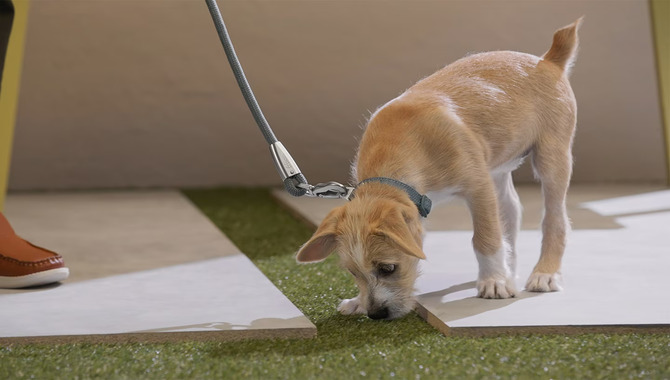
Choosing the correct potty training method for your puppy ensures success. There are several methods to choose from, including crate, paper, and outdoor training. Each method has pros and cons, so evaluating which will work best for your lifestyle and your puppy’s needs is essential.
Crate training can be practical because dogs naturally avoid soiling their sleeping area. This method involves keeping the puppy in a crate when you ca unable to supervise them and taking them outside to eliminate when you let them out of the crate. Paper training involves using newspapers or pee pads to teach the puppy to eliminate in a designated area indoors.
Outdoor training involves taking the puppy outside regularly and rewarding them for eliminating in the correct spot. Whichever method you choose, consistency is critical. Sticking to a routine and being patient with your puppy as they learn this new skill is essential. With time and patience, your furry friend will quickly be potty trained!
How Long Until A Puppy Is Fully Potty Trained?

Potty training a puppy can be challenging, but with patience and persistence, it is possible to train your furry friend successfully. One common question that many new puppy owners have is how long it will take for their puppy to become fully potty trained.
The answer to this question can vary depending on the puppy’s training progress. Typically, a puppy can take a few weeks to several months to become fully potty trained. Consistency is vital when it comes to potty training, so make sure to stick to a routine and provide plenty of praise and rewards for good behavior. With time and effort, your puppy will eventually learn where they are supposed to go potty, and accidents will become less frequent.
How To Avoid Unwanted Behaviors During Potty Training
Consistency is critical to ensuring successful puppy potty training and avoiding unwanted behaviors such as accidents and confusion. Use positive reinforcement techniques like treats and praise to encourage good habits. Monitor your pup’s body language and behavior for signs they must go potty.
Avoid punishment or negative reinforcement, which could cause anxiety. Instead of starting the day with potty training sessions, take your puppy out for playtime and bonding first thing in the morning. Be persistent with frequent trips outside on a schedule that fits their feeding time and nap schedule.
Conclusion
Potty training your puppy can be a smooth process with consistency, patience, and positive reinforcement. Remember to choose a method that works for both of you, stick to a routine, and celebrate every small victory. Don’t forget to look for any unwanted behaviors that may arise during the potty training process and address them immediately. With time and effort, your pup will eventually become fully potty trained.
Potty training a puppy can be challenging, but it is achievable with patience and consistency. Remember to establish a routine, praise your puppy for good behavior, and clean up accidents promptly.
It’s also important to understand that accidents will happen and not to punish your puppy for them. With time and effort, your furry friend will learn where to go potty, and you’ll both enjoy a cleaner home environment. We hope now you understand how to potty train a puppy
Frequently Asked Questions
How Do You Potty Train A Puppy Fast?
Potty training a puppy can be time-consuming, but implementing a consistent routine for feeding and potty breaks, positive reinforcement, and using crates or designated indoor areas can speed up the process. However, it’s important to remember that each puppy is unique, and some may take longer than others to learn.
How Old Should A Puppy Be Fully Potty Trained?
Potty training time varies for puppies, but most can be fully trained between 4-6 months old. Consistent training and positive reinforcement are crucial. Consult with a vet or professional trainer if you encounter difficulties.
What Are The Best Ways To Potty Train A Puppy?
Practical potty training for puppies involves consistent positive reinforcement, creating a designated outdoor potty area, and frequent visits after meals or naps. Crate training can also help prevent indoor accidents. Remember to be patient and consistent in your approach.
How Can I Reinforce Good Potty Habits And Discourage Bad Ones In My Puppy?
To reinforce good potty habits in your puppy, praise and reward them for going outside. Avoid scolding or punishing accidents; instead, interrupt with a firm “no” before redirecting. Consistency is crucial; establish a routine for feeding, playing, and potty breaks to reinforce good habits while supervising closely.
What Is The Recommended Age To Start Potty Training A Puppy?
It is best to begin potty training a puppy between 12 and 16 weeks when they have improved bladder control. Consistency and positive reinforcement of good behavior, like offering treats or praise, are essential for success. Be patient and persistent with the training process.

Aquarium passion is all about connecting with the aquatic life and providing education to the public on the importance of these creatures. We showcase a wide variety of marine life through our exhibits as well as working with schools to provide unique learning opportunities for students of all ages.


